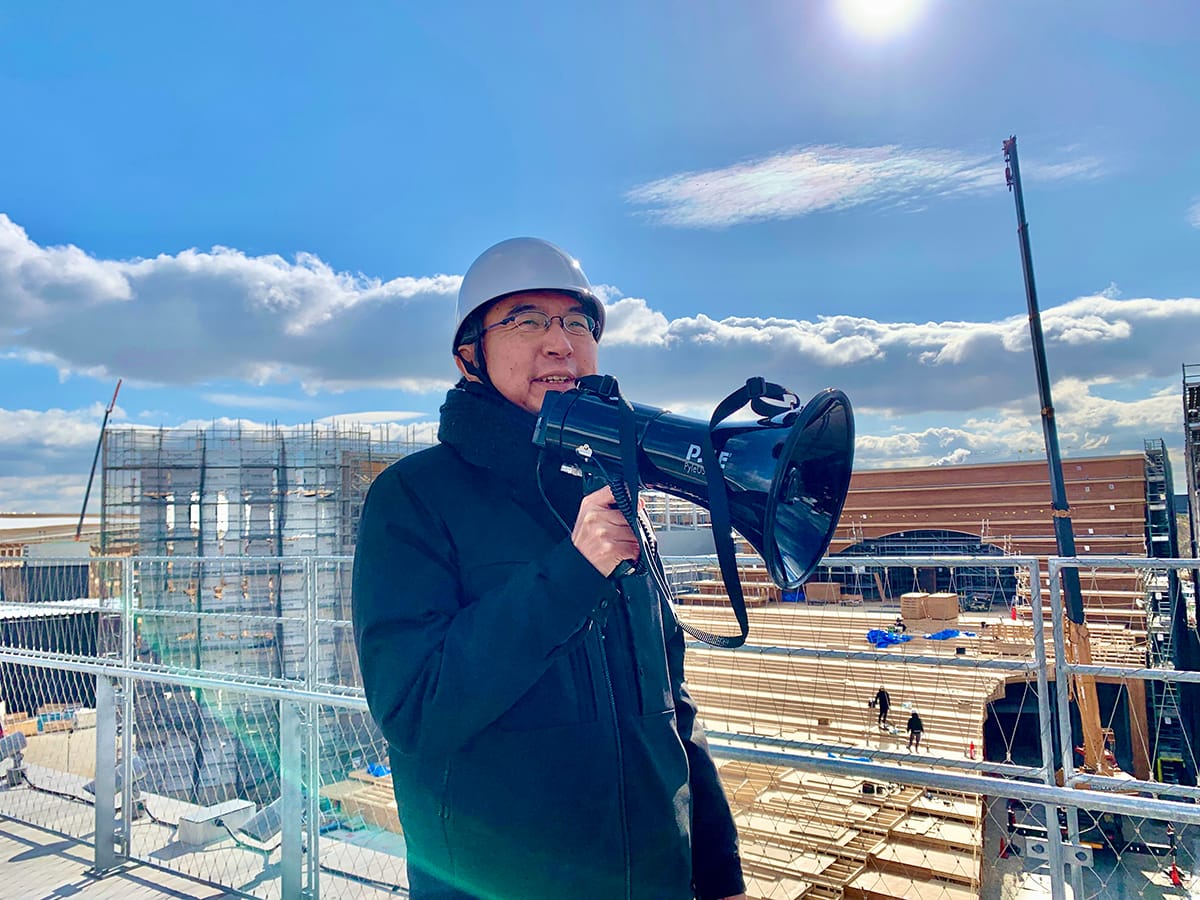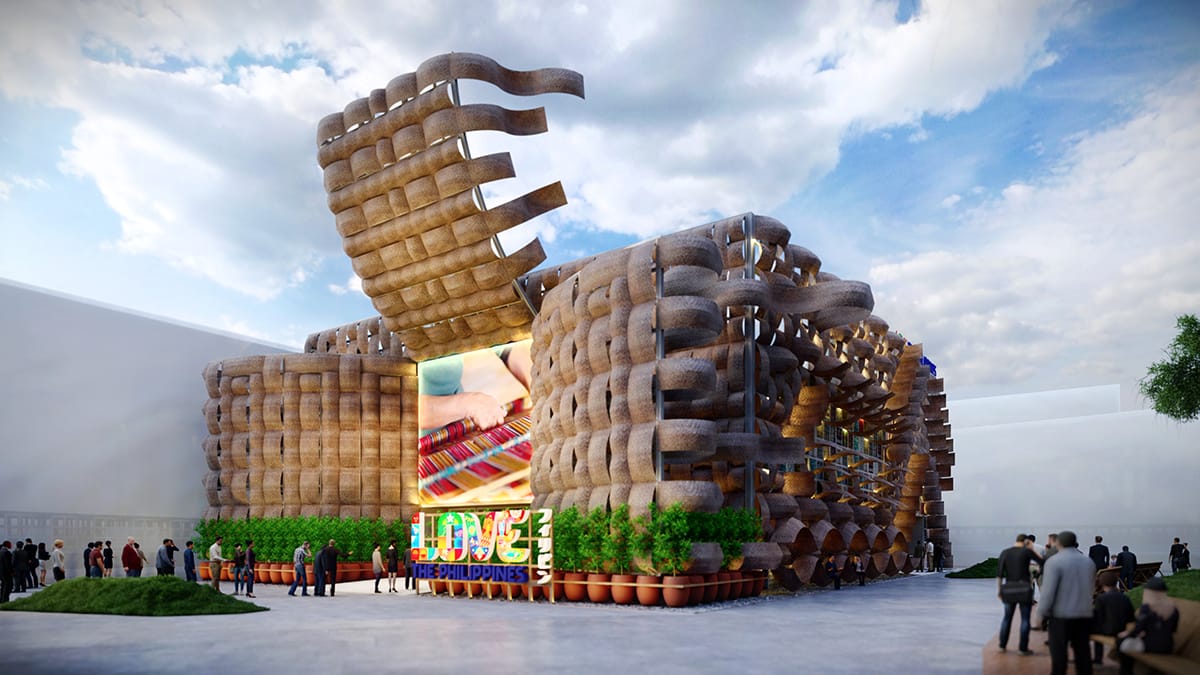By Florenda Corpuz
OSAKA – The structural work of the Philippine Pavilion for Expo 2025 has been completed, a representative from the Tourism Promotions Board (TPB) told the Filipino-Japanese Journal (FJJ) during the International Participants Meeting (IPM) held recently in Himeji City.
With the theme “Nature, Culture and Community. Woven Together for a Better Future,” or simply “Woven,” the Philippine Pavilion will feature the first-ever interactive live performance façade, showcasing traditional dance and crafts that reflect the Filipino spirit of creativity and connection. Highlighting diversity, the façade will also display over 200 handwoven textiles, marking the largest collaboration of weavers in a single project. Each piece tells a unique story, embodying the rich heritage, traditions, and art of various communities.
The pavilion will also champion sustainability, with plans to repurpose it as part of the National Museum of the Philippines after the Expo to allow Filipinos the same experience.
By the end of 2024, the structure for the project had been fully completed, with the building itself already finished. While interior work remains ongoing, external construction has been finalized. The current phase of development is focused on cladding the façade and incorporating essential elements into the pavilion’s design.
The Philippines is one of the first three Type A Pavilion countries to obtain a Certificate of Completion. This certificate signifies that the country has not only completed the structure but has also complied with all building regulations.
The Philippine Organizing Committee (POC) for Expo 2025 Secretariat is currently finalizing details for the opening of the pavilion and preparing for the Philippine National Week, scheduled from June 7 to 12.
The weeklong celebration will feature a series of cultural performances within the pavilion, which are expected to be more elaborate than the daily shows. Plans for a trade and tourism mission are also being considered as part of the event lineup.

Renowned Japanese architect Sou Fujimoto looks forward to experiencing the Philippine Pavilion.
Meanwhile, Sou Fujimoto, one of Japan’s leading architects and the creator of the Grand Ring, the Expo’s iconic symbol, expressed enthusiasm for the Philippine Pavilion.
“Carlo Calma, the designer of the Philippine Pavilion, is my friend. I’m very happy that he’s doing this project. The pavilion has a wonderful location, near the East Gate and visible from the Grand Ring. I’m looking forward to experiencing the design and contents,” Fujimoto shared with FJJ.
Expo 2025 is scheduled to run from April 13 to Oct. 13 on Yumeshima Island in Osaka.
(Article cover photo: Front image of the Philippine Pavilion)


